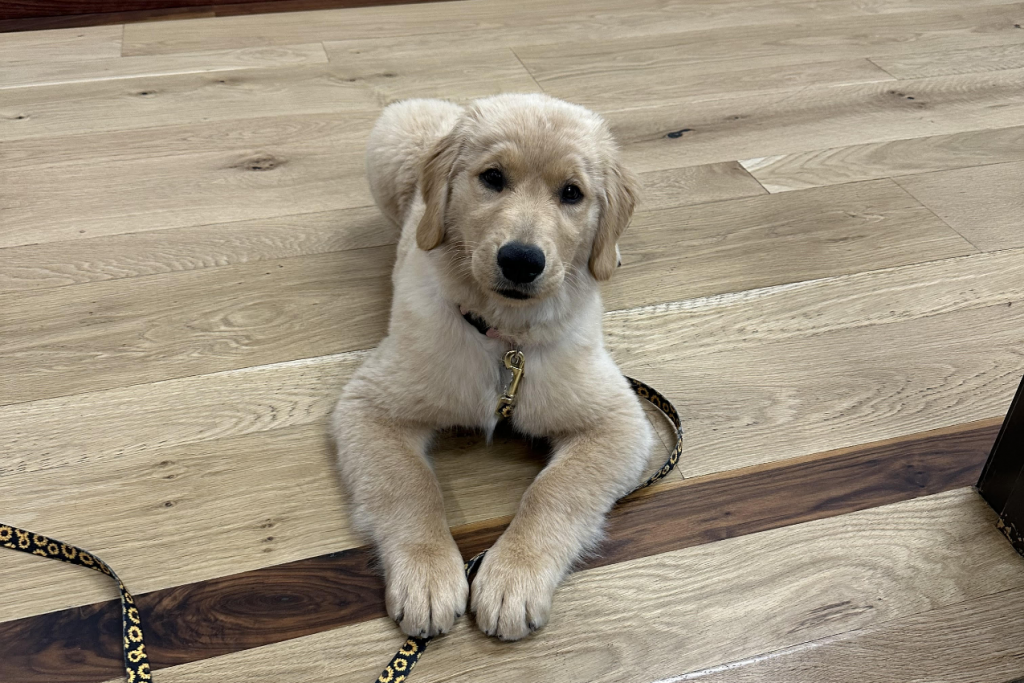
One of the main benefits of hardwood flooring is its longevity. When properly maintained, you have a surface with the potential to last more than a century.
Cleaning hardwood floors isn’t a complex process, but at the same time there are some firm do’s and don’t’s when it comes to keeping them looking their best. Read below to see some tips from our sister company Palo Duro Hardwoods for cleaning your wood floors:
Do not vacuum wood floors using a beater bar. That’s the fluffer mechanism to pull up matted carpet. On wood, those RPMs whip the attached bristles against the finish of the floor, scratching it up and robbing your floor of its glory.
Do turn off the beater bar or vacuum with a soft floor nozzle. Some vacuums have a setting that enable you to stop the beater bar, specifically for when vacuuming wood floors. Robot vacuums can be great little helpers, too.
Do not wet mop wood flooring. Damp is good. Dripping wet is bad. If you can ring out the mop or pad, you’re working with too much water. Excess water will lead to damage of the floor, and even the subfloor.
Do mop a wood floor with a damp mop or cloth. String mops are less common these days, and that’s not a bad thing for cleaning wood floors. They can be tough to evenly wring out and use. Microfiber cloths are great for using with wood flooring. If you aren’t dunking it in a mop bucket, it’s hard to get too wet to use on wood floors.
Do not use a stiff broom for sweeping. The broom you use to sweep the garage or sidewalk has bristles that are too rigid. They can scratch the finish of your hardwood floor.
Do use a soft-bristle broom. Soft bristles are gentle enough on the hardwood finish. An angled broom helps you to get into corners and under cabinets. You don’t want dinge to build up at the edges and in the nooks of your room.
With the modern “mop,” like a Swiffer, it’s easy to follow up that quick sweep of the dust bunnies with a reach into the corner and a run right down the trim line of the wall.

Do not ignore spills on the floor. It’s easy to think a modest spill on a wood floor is not a problem since it’s not stainable carpet. But a couple moments to clean it up now is better than forming a habit that, eventually, will lead to bigger consequences.
Standing water, like mentioned in the wet-mop section above, is not good on wood. How about that ice cube that fell and slid under the cabinet or table? You know what we’re going to say … Grab it up before it melts into standing water that damages the floor.
Non-water liquids will leave sticky spots that will become more noticeable when dirt collects there, not to mention when you step on it and feel the grimy stickiness.
Do not use soaps, waxes or polishes. Soaps leave residue. Wax creates unnecessary buildup on the surface and makes the floor slippery. Polishes, contrary to expectation, will dull the finish.
If you use a product to help clean your floor, choose a neutral solution (pH level 7). Vinegar should not be used. It will dull and damage the surface.
Whatever shine your floor had before it got dirty will return just by removing the dirt that’s on the surface. No extraordinary or “old school” cleaning products are needed.
Do not steam clean your hardwood floor. Steam is never the answer for wood. It will damage the floor. With an engineered wood floor, it even can cause delamination, which is separation of the layers.
Do keep pet nails trimmed to minimize scratches.
A busy family life, including pets, inevitably will include wear and scratches in the long life of any wood floor.
The dos and don’ts above are about the long view, maintaining a clean and reasonably protected floor for as long as possible.
